The roof is the top covering of a building, protecting against rain, snow, sunlight, extremes of temperature, and wind. Roofing is the work of installing and repairing roofs.
Metal roofs come in a variety of styles, from moderately priced (steel) to very expensive (copper). Newer options look like wooden shakes but are more durable, making them popular on older homes that need more protection than traditional shingles offer. Visit the Roofing Phoenixville PA for more information.
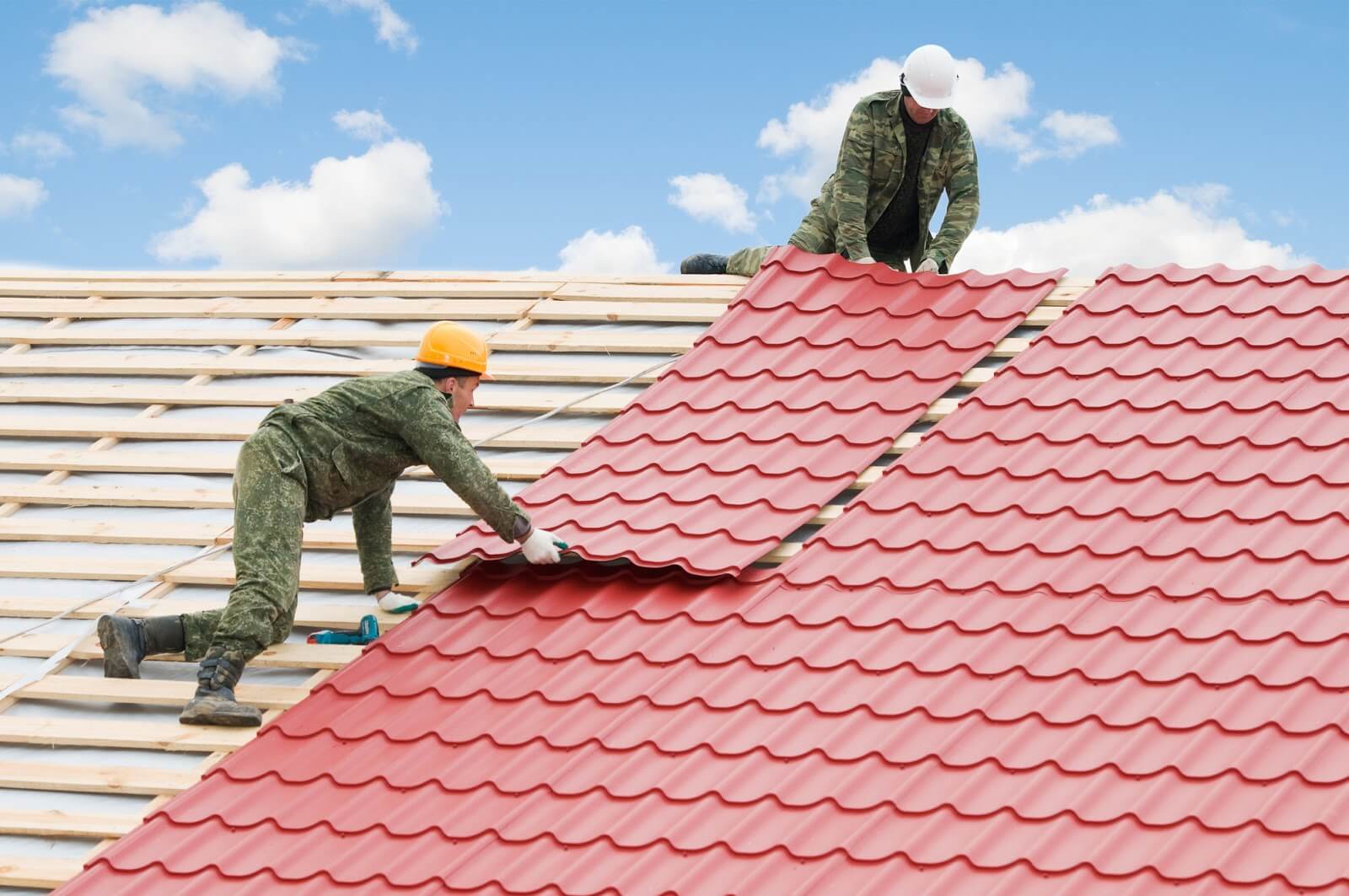 Materials
Materials
A roof is an important part of a home, protecting it from rain, snow, sunlight, and extremes of temperature. It can also be an attractive architectural feature that helps to make a house stand out in the neighborhood. Homeowners have many different roofing materials to choose from with varying lifespans and aesthetics.
Asphalt shingles are the most popular choice for residential roofs, and they come in several styles and colors. These shingles are inexpensive, durable, and watertight. They also help to reduce heat transfer into the house and can last up to 50 years.
Other types of shingle include clay tile, concrete tile, and slate. Slate is more expensive than clay but has the advantage of being fireproof and resistant to high winds and intense temperatures. It is available in natural, quarried slate or a synthetic alternative that can mimic the look of natural slate.
Metal roofs are another option that offers durability and longevity. They are also lightweight and do not add extra weight to the structure of the house. Steel and aluminum shingles are often designed to look like traditional shingles or wood shakes and can last 30 to 50 years.
For those who are interested in a green home, there are even roofing materials made from recycled material. Rubber, for example, can be molded to look like slate or other types of shingles and is an excellent choice for cold climates because it keeps heat in during the winter and cool air in during the summer.
Choosing the right roofing materials for your home depends on several factors, including local climate conditions and your budget. Roofing contractors can help you decide which type of roof is best for your needs, and they can install proper insulation to protect your house from damage caused by weather conditions and other environmental factors.
Whether you are doing a DIY roofing project or hiring a professional, it is important to have the proper tools for the job. A hammer and nail gun are essential, along with a utility knife for cutting shingles and underlayment. You will also need a chalk line to create a straight line across the roof for shingle placement.
Installation
Roofing is the process of installing or repairing a building’s roof. It involves a wide range of activities including design, materials selection, and construction to ensure durability and aesthetic appeal. Roofs are typically made from a variety of materials such as shingles, tiles, metal, and thatch. They can be constructed on low-sloped or flat structures.
The first step in any roofing project is a thorough inspection of the existing roof to assess the condition and identify any underlying issues that may need to be addressed. This helps in choosing the right type of material and determining how much work is required. It is also a good opportunity to evaluate the structure and decide whether it will support the additional weight of a new roof.
Once the site survey is complete, a detailed plan for the work is created. This includes a timeline and budget for the entire project. The homeowner is involved in this process at every stage, which helps in establishing clear expectations and addressing any concerns that might arise. In addition to this, the team will consider the local weather patterns and how they might affect material choices and installation times.
The next step is to install the underlayment, which is a layer of felt paper that protects the roof from water damage. Then, the shingles are installed in rows that overlap each other by six inches. These are then nailed down using nails that are closer together at the edges and spread out more towards the center. After this, the valleys (areas where slopes meet and form a “V”) are waterproofed by running a piece of shingle underneath each one. A final piece of underlayment is then installed over the ridge to finish the job.
Maintenance
The roof is an investment in a building that adds aesthetic value and protection, so it is important to maintain it. Unplanned repairs can disrupt daily operations and result in lost productivity and revenue, so preventative maintenance is essential for maximizing roof life and maintaining building integrity. Inspecting a roof on a regular basis is the best way to identify problems and make repairs before they become serious. Developing a standard procedure for inspections and recording the results can help ensure that the roof is properly maintained.
The most common maintenance procedures involve cleaning and debris removal. It is essential to remove any accumulated dirt and debris from the roof before it can cause damage. This can be done by hand, with a pressure washer or by a professional roof cleaning company.
It is also necessary to check the integrity of caulking around pipes and vents. If the caulking is starting to lift or peel, it should be replaced. This simple maintenance procedure can prevent water leaks and other issues. It is also a good idea to inspect for moss or lichen on the roof and to treat areas where they are present.
Roof drains should be checked for clogs, which can also cause early wear of the roofing surface. Inspecting the drains can also help to determine the location of a leak, which will facilitate making a repair. It is also important to check for ponding water, which can damage the roof membrane and lead to structural failure.
Observing the condition of trusses and beams can also indicate when they are in need of repair. The inspection should also include checking for any signs of leaks, stains and mold. These issues should be addressed immediately to avoid causing further damage and impacting the building’s interior.
Another important maintenance procedure is to trim the tree limbs that hang over the roof. This will protect the shingles from debris and the potential for damage during heavy storms and natural disasters. The roof should also be inspected after severe weather events to check for any damage caused by winds, hail or falling debris.
Repairs
Like giving your kitchen a fresh coat of paint or replacing your floors, repairing or replacing your roof is an expensive home improvement project. Knowing how much to expect to pay for this service is a vital part of planning your budget and scheduling the work necessary for your property. Several factors can influence the cost of a repair, including the extent of the damage and what the roof is made of.
A good roofing professional will know exactly how to inspect your roof and determine the repairs needed. They will be able to identify leaks, cracks, or missing shingles. Oftentimes, these problems are caused by poorly installed flashing or cheap materials. Conducting a routine inspection is the best way to keep track of these small issues and prevent them from becoming major issues.
Once the problem is identified, your roofer will remove any damaged shingles or materials and replace them. They will also re-bend flashing and seal it as needed. These simple steps can prolong the life of your roof, avoiding costly and complicated repairs in the future.
While re-roofing can be the quickest and cheapest option, it doesn’t last as long as a new roof. In addition, re-roofing covers over existing damage, so there is no way to know what else might be going on underneath. Additionally, re-roofing can void the warranty on your new shingles. If you are considering re-roofing, be sure to compare prices and look at the quality of the shingles. This will help you decide if it’s the right choice for your property.

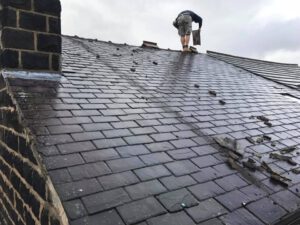
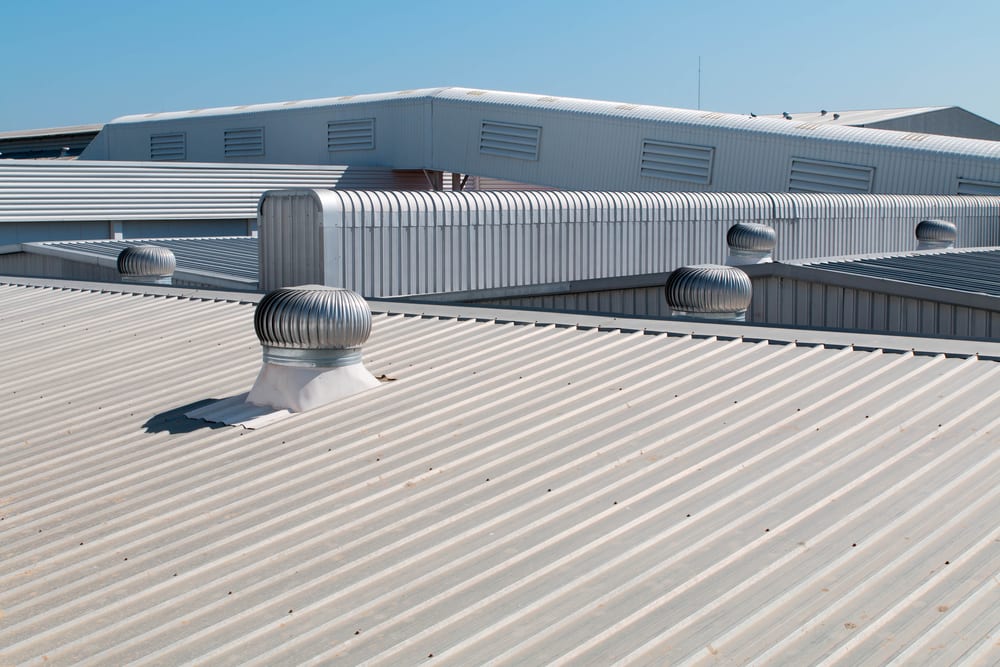
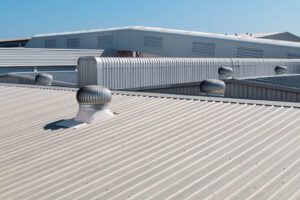 Whether you’re a restaurant, retail outlet, or office building, the type of commercial roof you choose will affect the health of your building. Aside from lifespan, you’ll want to consider energy efficiency and typical weather variations. Every commercial roofing material has its pros and cons, making the decision a difficult one. Consider your options and ask a professional to help you choose the best material for your building. A skilled contractor can determine the best roofing material based on the structure and foot traffic on the roof.
Whether you’re a restaurant, retail outlet, or office building, the type of commercial roof you choose will affect the health of your building. Aside from lifespan, you’ll want to consider energy efficiency and typical weather variations. Every commercial roofing material has its pros and cons, making the decision a difficult one. Consider your options and ask a professional to help you choose the best material for your building. A skilled contractor can determine the best roofing material based on the structure and foot traffic on the roof.
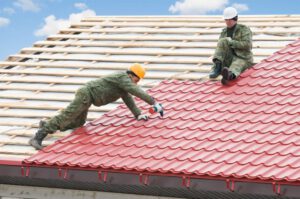 Despite their varied properties, roofing materials have long been used to protect buildings from the elements. Seagrass is a popular choice for roofing because of its high durability. Bamboo is another popular material. In many countries, bamboo is used for both its inner structure and outer layer. Split bamboo stems are laid alternately or overlapped. Other materials include wooden shingles, which are most common in areas with plenty of timber. Even the bark of certain trees is sometimes used as a roofing material. While it may be tempting to replace your entire roof, it is not a good idea in some cases. Roofing contractors typically charge more for this process than they do for reroofing. This is because reroofing does not require tearing off your old roof. Therefore, it is less expensive and takes less time. Roofing contractors should evaluate the severity of your roof before deciding on the best option for you. The cost of reroofing your home is much lower than a full roof replacement.
Despite their varied properties, roofing materials have long been used to protect buildings from the elements. Seagrass is a popular choice for roofing because of its high durability. Bamboo is another popular material. In many countries, bamboo is used for both its inner structure and outer layer. Split bamboo stems are laid alternately or overlapped. Other materials include wooden shingles, which are most common in areas with plenty of timber. Even the bark of certain trees is sometimes used as a roofing material. While it may be tempting to replace your entire roof, it is not a good idea in some cases. Roofing contractors typically charge more for this process than they do for reroofing. This is because reroofing does not require tearing off your old roof. Therefore, it is less expensive and takes less time. Roofing contractors should evaluate the severity of your roof before deciding on the best option for you. The cost of reroofing your home is much lower than a full roof replacement.